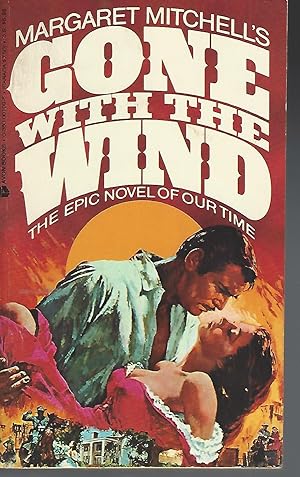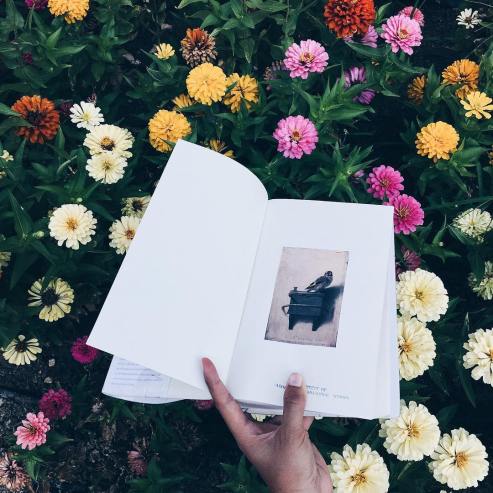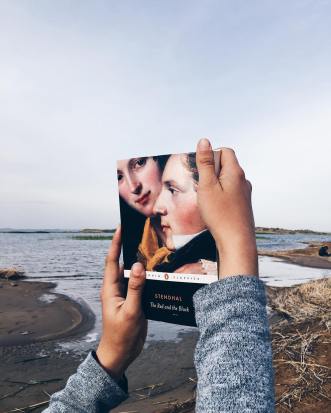
“Much shall be forgiven thee for thou hast loved much”
I adore Stendhal for writing a literary masterpiece that “The Red And The Black” is. Despite being written in 1830, the book is still very applicable to modern society -it seems that the advances in science didn’t eradicate passions and ambitions common to our ancestors. I wonder if that is good and if that ever changes.
The book is about Julien, a plebeian, determined to reach success, – that for him is becoming a part of elite society,- while saving his pride. Along his journey, Julien falls in love with provincial Mme. de Renal and conquers haughty Mathilde. Moreover, with his hard work and brilliant mind, Julien manages to reach his goals only to realize that “simplest, modest virtue has been sacrificed to that which glitters.” And there, at the end of the book, comes the unexpected shocking climax! The book was written in one pace, with Stendhal‘s care for reader’s psychological state, until those explosive concluding untitled chapters.
It’s been a week now that I have finished reading this book but with each day I find more areas to apply Stendhal’s philosophy to. Grateful to Stendhal for sharing his wisdom. It is a very educating book. Even in terms of language and writing because the omniscient narrator of “The Red And The Black” captures scenes like a playwright and feelings like a poet.
Of course, there is so much more to add to this review and if you have read this book, I’d like to discuss it with you in comments!
Also important to note that the title “The Red And The Black” can be interpreted differently. For me, it seems like a description of Julien’s dual nature. But also critics explain that “red” is the color of soldier’s uniform and “black” is the color of priests’ cassocks – both clothings worn by elite whom Julien admired. How do you prefer to interpret the title?
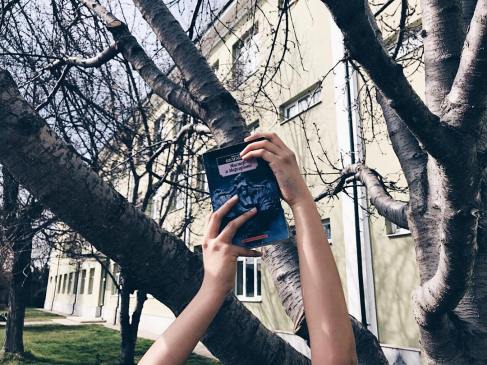
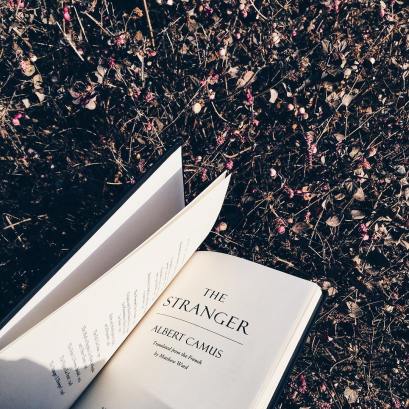
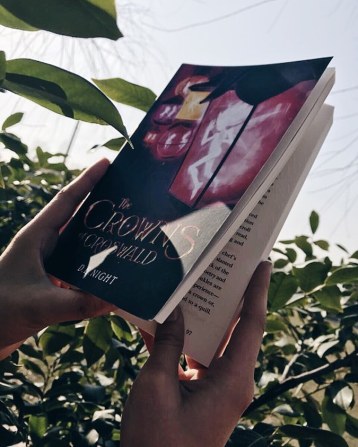 I’d like to let you know about a fantasy novel “Crowns Of Croswald” by D.E.Night. The book was published in July 2017 and sent to me by
I’d like to let you know about a fantasy novel “Crowns Of Croswald” by D.E.Night. The book was published in July 2017 and sent to me by 